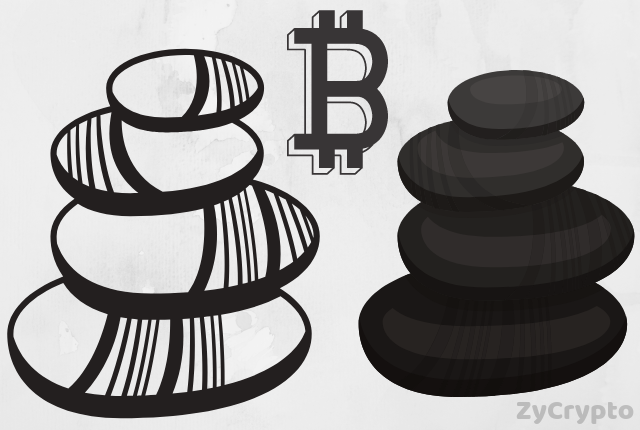The launch of stablecoins has been seen as a palliative measure to reduce the impact of bitcoin’s recent crisis and some even described it as a temporary replacement for an ETF. However, a professor of Economics at UC Berkeley, Barry Eichengreen has said that stablecoins are not the way out of the crisis.
Stablecoins although cryptocurrencies are backed by another currency (USD) or any substance of value such as gold. They are used for everyday transactions because of their low volatility, global usability and the fact that they are not owned by any central bank. These properties make them more suitable for everyday spending than bitcoin or other cryptocurrencies that have no fiat backing.
However, Eichengreen classified stablecoins into three groups, saying they are not the best of investments due to certain “weaknesses” that are unique to each category. According to him, “fully collateralized” stablecoins are expensive in that they require a reserve that is equal to or more than the coins in circulation to keep the market stable.
This according to Eichengreen is not affordable for most organizations and makes it almost unacceptable for proper regulation by the government.
As for “partially collateralized” stablecoins, the professor said investors may not be confident enough to put their money where only 50% of the circulating coins are backed by a fiat reserve, a situation that can “lead to the collapse of the peg” if the company wants to retain the value of the stablecoins by buying them back from investors with the limited reserve.
The third and worst class of stablecoins according to the professor is the “uncollateralized” stablecoins. As the name implies, the stablecoins have no collateral (USD) backing them and the company only relies on the law of demand and supply to keep the coins valuable.
The platform issues stablecoins and bonds which it buys back from the investors at a discount when the price falls by giving out more bonds which are meant to lure the investors into spending for promised interest.
This interest is expected to come from uncertain profits the company may make in the future, making it both the platform and investors susceptible to loss if the platform does not grow.
While Tether (USDT) has been around for a while, it appears the arrival of Gemini’s GUSD is what made to professor to speak concerning stablecoins. While some may see stablecoins as a good investment option, Eichengreen believes it is a dangerous trap that investors may innocently fall into.
Advertisement






